Day Five: Rosa Rugosa / ROSE HIPS
Decorating the cliffs, rocky shore lines and beaches of Newfoundland and Nova Scotia, she provides nectar for native bees and poetry for the senses
While it may not seem reasonable to many of you to put a rose in with a grouping of plants that are deemed as “weeds” by some, the wild beach rose is indeed shunned and disliked by many gardeners and landscapers on the East coast that consider the plant “invasive”.
The beach rose (Rosa rugosa) grows vigorously on the cliffs and sand dunes of northeastern Canada and US.
Considering the lovely fragrance, beautiful flowers and nutrient dense food she provides, one would expect such a plant to be welcomed with open arms (if one is blessed enough to have them growing wild on their property) but for some this plant’s resilient and rough around the edges nature results in them deeming her as unwanted.
Naturalized and native roses, which are both beautiful and useful for wild and not-so-wild landscapes, are worth seeking out. They look great in wild landscapes, offering delicate fragrant flowers and colorful nutritious hips. Bees and wildlife love them!
History of wild roses (Rosa Rugosa):
Rosa Rugosa is native to Eastern Asia and Siberia, where it likes to grow in coastal areas, and does especially well in sandy locations such as sand dunes.
Rose has a mythic presence. She is associated with gods and saints – a symbol of beauty, love, protection and grace. Wherever she grows – from China, to the Middle East to Europe to the Americas – rose stories are intimately entwined in human history. She is an old soul after all – she has been here for 35-million years and has seen us through the rise and fall of many civilizations. Her influence has reigned in art, in poetry, in song, in religious ceremony since ancient times, and her powerful presence continues to reign today.
This rose specie that is the focus of this article was introduced to America from Japan in the mid-19th century; it was valued because it can tolerate salt water spray.
Deemed as a symbol of love, rosa rugosa, better known as Mei Gui Hua in China, is one of the most romantic universal gifts for any couples in love. In fact, it is more than just the carrier of romance and love and the rose medicinal and nutritional uses have been important to the people in Japan and China for hundreds of years. It has traditionally been used to make jams, desserts, and pot-pourri in China and Japan.
Rose Hip Nutrition:
Rose hips, ,are famous for their vitamin C. However, generic dried rose hips teas often do not contain their natural level of the vitamins, and so making your own fresh rose hip tea is the best way to really boost your immune system. Choose only the freshest (without any brown spots) and add a bit of raw honey to balance out tannins. Rose hips have been linked to numerous benefits, including improved immunity, heart health, weight loss, and skin aging.
The excellent anti-inflammatory properties of Rosa rugosa make it a valuable ingredient for the cosmetic industry. The great diversity of phenolics, phenolic acids, flavonoids, tannins and carotenoids determine its antioxidant and antimicrobial properties and its ability to calm, smoothe, clean and rejuvenate the skin.
Health Benefits of Rose hips:
1. Supports a healthy immune system
One of the most impressive benefits of rose hips is their high concentration of vitamin C.
While the exact amount varies by plant, rose hips have been shown to have among the highest vitamin C content of all fruits and vegetables.
Vitamin C plays many essential roles in your immune system, including:
• stimulating the production of white blood cells called lymphocytes, which protect your body against infection
• enhancing the function of lymphocytes
• helping maintain your skin’s protective barrier against outside pathogens.
In addition to vitamin C, rose hips contain high levels of polyphenols and vitamins A and E, all of which help strengthen and protect your immune system.
Antioxidants are substances that protect or reduce cell damage caused by molecules called free radicals.
Consuming foods and beverages rich in antioxidants may protect against chronic conditions like heart disease, cancer, and type 2 diabetes.
In a study on the antioxidant contents of six fruit extracts, rosehip was found to have the highest antioxidant capacity.
More specifically, it has been found to contain high levels of polyphenols, carotenoids, and vitamins C and E, all of which have powerful antioxidant properties.
3. Protects against heart disease
Due to its high concentration of antioxidants, rosehip tea benefits heart health.
Studies suggest a relationship between vitamin C intake and heart disease risk.
One review of 13 studies found that supplementing with at least 500 mg of vitamin C per day was associated with a significant decrease in LDL (bad) cholesterol and blood triglycerides, two risk factors for heart disease.
Additionally, observational studies have linked insufficient vitamin C intake to an increased risk of dying from heart disease.
Rose hips are also high in flavonoids. These antioxidants have been shown to reduce blood pressure in people with elevated levels and improve blood flow to the heart.
4. Reduces inflammation and pain
Rosehip tea is high in compounds with anti-inflammatory effects, including polyphenols and galactolipids.
Galactolipids are the main types of fat in cell membranes. Recently, they have been studied for their strong anti-inflammatory properties and potential to reduce joint pain.
In a review of three studies, supplementing with rosehip significantly reduced joint pain in people with osteoarthritis. Furthermore, those receiving rosehip were twice as likely to report improved pain levels, compared with the placebo group.
Another 4-month study in 100 people with osteoarthritis found that those who supplemented with 5 grams of rosehip extract daily experienced significantly less pain and increased hip joint mobility, compared with the control group.
In fact, 65% of the participants in the rosehip group reported some reduction in pain.
Studies have shown that extracts made from rosehip plants are able to reduce cell proliferation of cancer cells.
More specifically, data suggest that rosehip extracts are capable of decreasing glioblastoma cell proliferation without promoting apoptosis. Rose hips have also been shown to contain flavonols that exhibit an antiproliferative effect. Data clearly indicated that rosehip as a natural source of specific flavonols had an antiproliferative effect on androgen-sensitive prostate cancer.
Habitat of the herb:
Atlantic coast: Thickets and rocky often acid slopes.
Interior and west: By rivers and in moist canyons.
Edible parts of the Wild Rose:
Fruit - raw or cooked. It can also be used in syrups and purees or be dried and used in teas and soups. The fruit contains about 2 - 3% (dry weight) vitamin C, and up to as much as 7% in some varieties. The ripe fruit has a rich sweet flavour, the taste is best after the fruit has been frosted. The fruit is about 25mm in diameter, but there is only a thin layer of flesh surrounding the many seeds. Some care has to be taken when eating this fruit, see the notes above on known hazards. A tea is made from the leaves, it is rich in vitamin C. Young shoots - peeled and eaten in spring. Petals - raw. Remove the bitter white base. The seed is a good source of vitamin E, it can be ground and mixed with powder or added to other foods as a supplement. Be sure to remove the seed hairs.
When and how to Harvest: Wild rose flowers are prized for their beauty, their scent and their medicine. The best time to harvest is when they are most eye catching - in spring to early summer when they have just opened and are very fragrant. You will see bees and other winged creatures lapping up their nectar and pollen. Whole flowers can be pinched off but I harvest mostly the petals so that the inner part can turn into fruit, which is also called rose hips. Rose hips turn from green to orange or blood red depending on the species. Rose leaves and stems are also harvested for medicine and can be gathered in spring through early fall.
Rose hips are the edible seed pod, (also called fruit) of the rose plant. While all seed pods are technically edible, the wild roses naturalized to Atlantic Canada now are ideal for foraging.
The rose hip (seed pod) forms in late summer and early fall after the roses have bloomed. As such, if you have a wild rose bush on your property, refrain from dead-heading the spent flowers otherwise the seed pods won’t form. The best time of year to forage for rose hips is after the first frost. The cold snap increases the natural sugar content in the fruit, making them sweeter.
When foraging for rose hips, bring thick leather gloves to avoid getting pricked by the many thorns these rambling shrubs are full of! The rose hip itself can simply be “picked” off the stem once it is firm, and fully colored. Generally red or orange in color, avoid foraging for rose hips that are shriveled or have signs of insect or bird damage.
Rose Hips In The Kitchen:
How to eat a rose and other ways to use them: https://practicalselfreliance.com/edible-roses/
Rose hips are best used fresh to make full use of the many vitamins naturally present in the fruit. You can also store rose hips for long term storage, by drying them, and then keeping them in a dry, dark, and cool location. Traditionally, rose hips were used in teas as a cure for scurvy and other ailments. The roots and leaves of the rose plant were also used in teas to prevent colds and flu.
Once you have picked the rose hips, wash them, and either let them air dry or you can pat dry with a clean kitchen towel. Trim off the tops and bottoms if you plan on drying the rose hips for later use, and lay them out in the sun to dry. They will shrivel up and darken in color as they dry. Once hard and fully dried, store the rose hips in glass jars as you would tea.
If you plan on using the rose hips fresh, simply wash them to remove any dirt or insects, and follow your recipe as directed.
Wild Rose Hip Tea
So if you did go out and forage some tasty little rose hips and want to make something quick and easy, this wild rose hip tea is the ideal recipe to try. It gives you a great benchmark for what the rose hips taste like, and if going out to pick more for use in other recipes is your cup of tea (no pun intended).
1. Start by cleaning and processing the rose hips as mentioned above.
2. Boil a pot of water and pour the hot water over the rose hips. If using fresh rose hips, use 1/4 cup of hips to 1 cup of water. If using dried rose hips, crush them up and use 1 heaping tablespoon per cup of water.
3. Let the tea steep for 15 minutes covered, and then strain out the pulp.
I found that straining the rose hips through a clean coffee filter worked the best to remove any of the small hairs present in the hips.
The tea is chock-full of vitamins as mentioned above.
Rosehip Vinegar Recipe: https://www.eatweeds.co.uk/rosehip-vinegar-recipe?fbclid=IwAR3i_n0o_M523ZjVFKCrOX9hm3JqhJERF3IrM0COkso3YGowsaVuwIx36-Q
Rosehip Fruit Leather: https://www.wildwalks-southwest.co.uk/making-rosehip-fruit-leather/
Rose Hip Soup Recipe (the Swedes call it Nyponsoppa): https://backyardforager.com/rose-hip-soup-recipe-nyponsoppa/
Fermented Rosehip Soda: https://www.theprairiehomestead.com/2014/10/how-to-make-fermented-rosehip-soda.html?fbclid=IwAR2TE3-_TagWkKmdDKUUX2CoXByL8GtIFV9aZSp9TtQPGQjyOS1Z1qc_rGQ
I have also created rose hip infused fermented hot sauces to open up another fun way to preserve the edible fruit produced by our wild roses (Rosa rugosa) which turn out delicious.
Rose Infused Honey:
1. Gather aromatic petals and let wilt until they are half dry – usually about a day
2. Place petals in a glass jar with a tight fitting lid
3. Warm honey gently on the stove top so that it is very fluid but well below boiling
4. Pour enough honey into the jar so that it completely covers the flowers. Cap tightly and place in a warm spot in the garden or on a vent.
5. Stir and wipe moisture off the underside of the lid every few days. This will help remove excess water from your honey.
6. Strain with muslin cloth after 2-3 weeks. The pressed petals can be made into tea and drank or place in a bath for a luxurious “rose honey bath”. Store honey in a glass jar in a cool dark place. Some people like to keep it in the refrigerator but this is not necessary as long as your honey does not have too much water in it. Add to tea, cooking recipes, cough syrup and other creations.
ROSE PETAL WINE (AND MEAD) : https://practicalselfreliance.com/rose-petal-wine/
Rose Hip Infused Fermented Hot Sauce:
The jar/sauce shown above contains ripe rose hips, home grown cayenne, ripe (red) jalapenos and some young Egyptian onion greens. I fermented for 14 days then blended the fermented whole ingredients with a bit of brine to make a thick hot sauce.
The sauce turned out fantastic, very mild compared to most of my hot sauces but offering a great depth of flavor. There are sweet and floral notes and a nice slow subtle glow of heat from the cayenne peppers.
Other Ways To Use Rose Hips:
Extract juice with an extractor
Fresh eating of hips and flowers
Fermented Preserves
Syrups
Cordials
Rose Hip Candy
And if those weren’t enough ideas for enjoying your rose hips, here are 60+ Rose Hip Recipes for Food, Health, & Beauty: https://www.growforagecookferment.com/rose-hip-recipes/
Rosa Rugosa benefits in the Garden :
Shelter to birds and small mammals
Fall and winter fruit for birds and small mammals
General nectar source for insects (especially bees)
Nectar source for hummingbirds
Hedge
Screen
Erosion control
Flowers can be used for perfumes and other fragrant uses (like pot-pourri)
For additional information on Rosa Rugosa and Rose Hips:
Medicine of wild rose:
https://traditionalroots.org/wp-content/uploads/Krohn-Wild-Rose-NOTES-1.pdf
https://www.ncbi.nlm.nih.gov/pmc/articles/PMC4774500/
http://www.naturalmedicinalherbs.net/herbs/r/rosa-rugosa=ramanas-rose.php
https://www.chineseherbshealing.com/proven-herbal-remedies/rosa-rugosa.html
https://perma-earth.com/tag/medicinal-uses-of-rosa-rugosa/
Rosa Rugosa in the Garden :
http://tcpermaculture.blogspot.com/2011/11/permaculture-plants-rugosa-roses.html
https://www.permaculturenews.org/2017/02/28/stop-smell-roses-dont-forget-eat-fruit/
https://joybileefarm.com/rosa-rugosa/
I hope you found this information helpful and will try foraging for (and/or cultivating) some wild roses and find peace of mind in the knowing that you are surrounded in food and medicine.
If we learn from Mother Nature and accept her open hand we can thrive and nurture our bodies in any and all situations (while staying guided by integrity and love).
We can align our wealth and health with the health and wealth of the living Earth and through merging with her regenerative capacity and inherent abundance we can become irrepressible. We are the ones we have been waiting for.






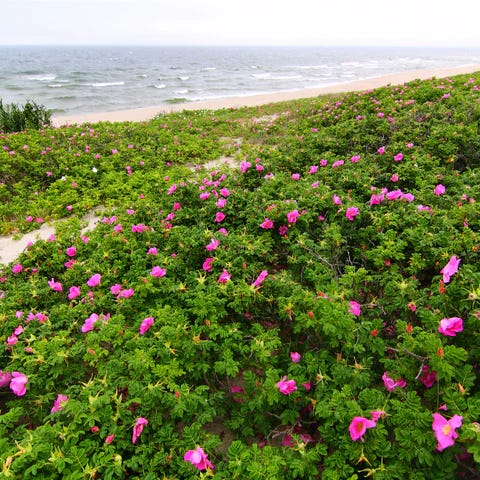


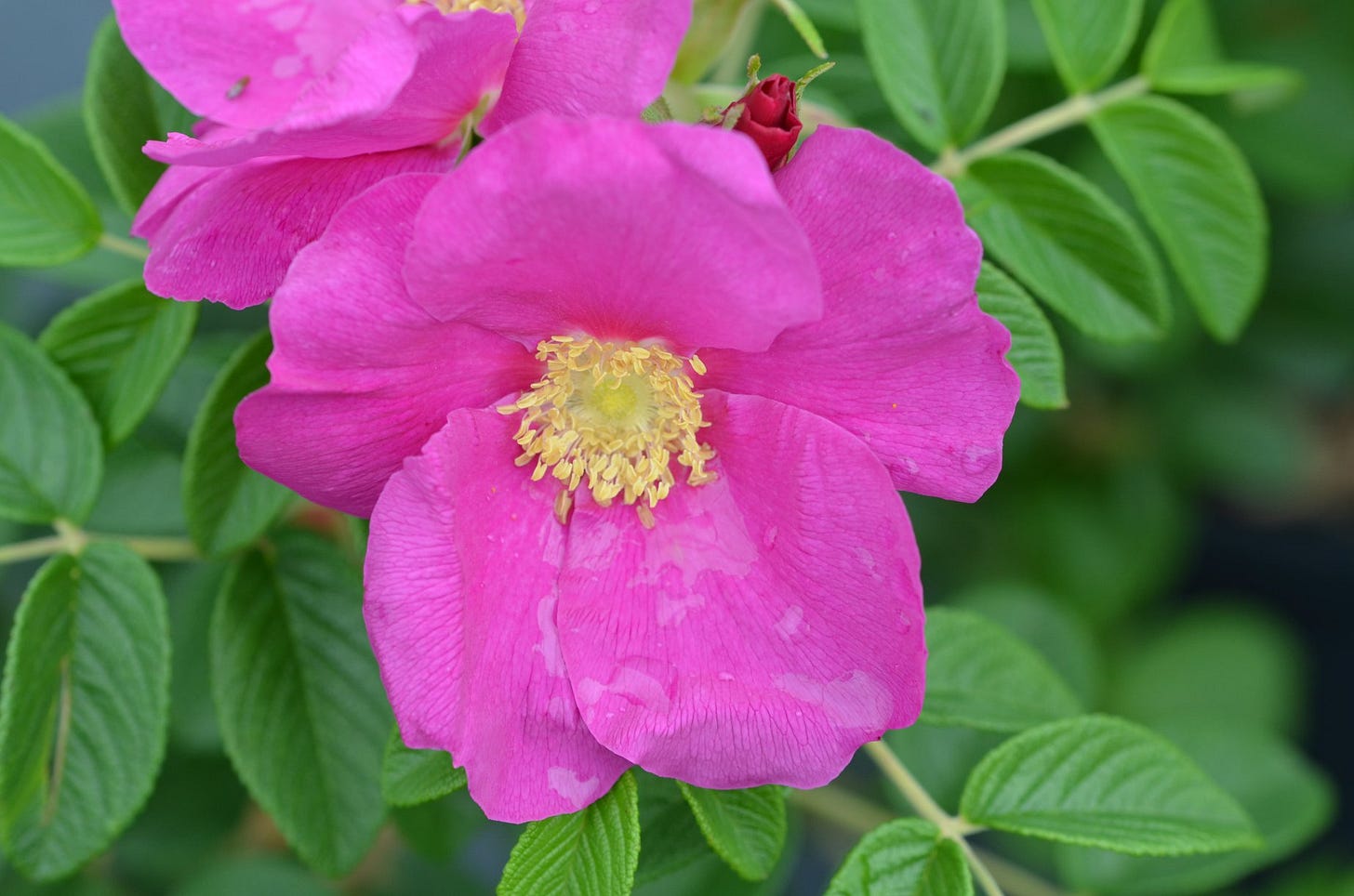
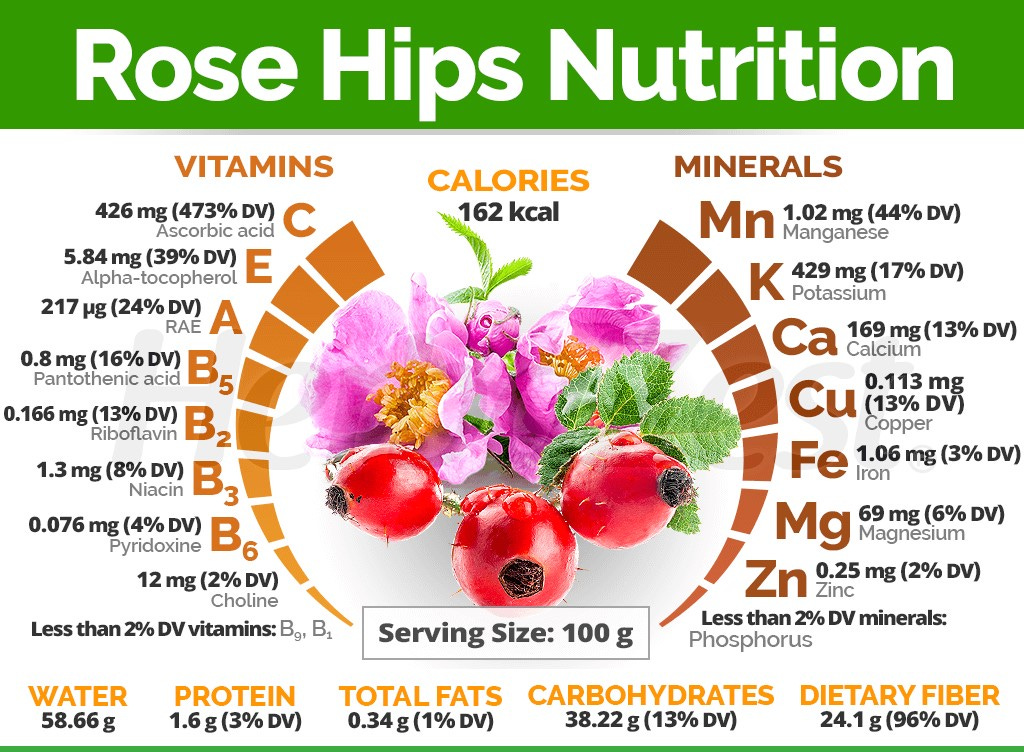







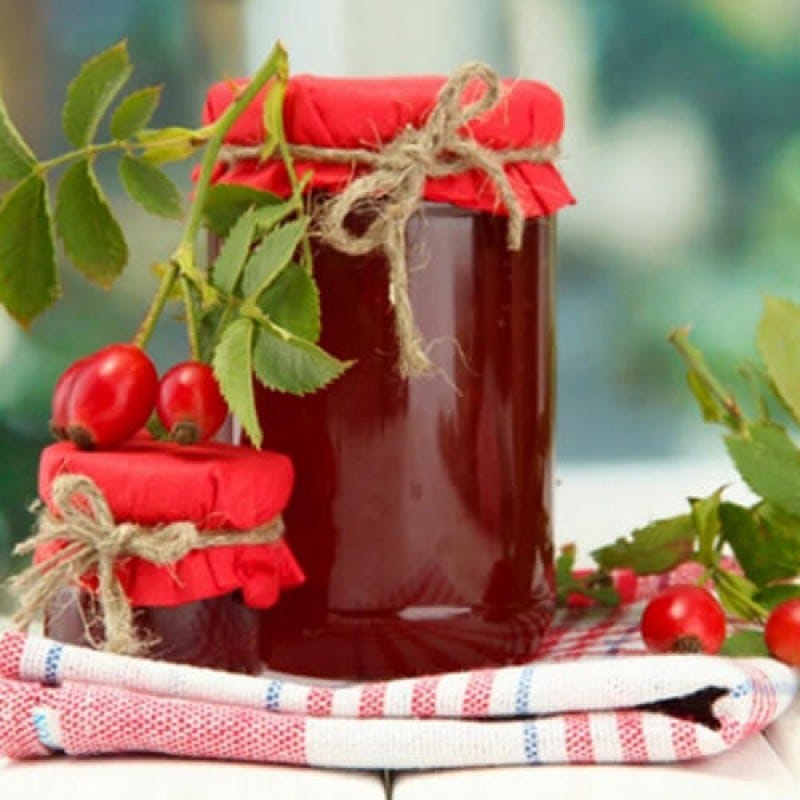


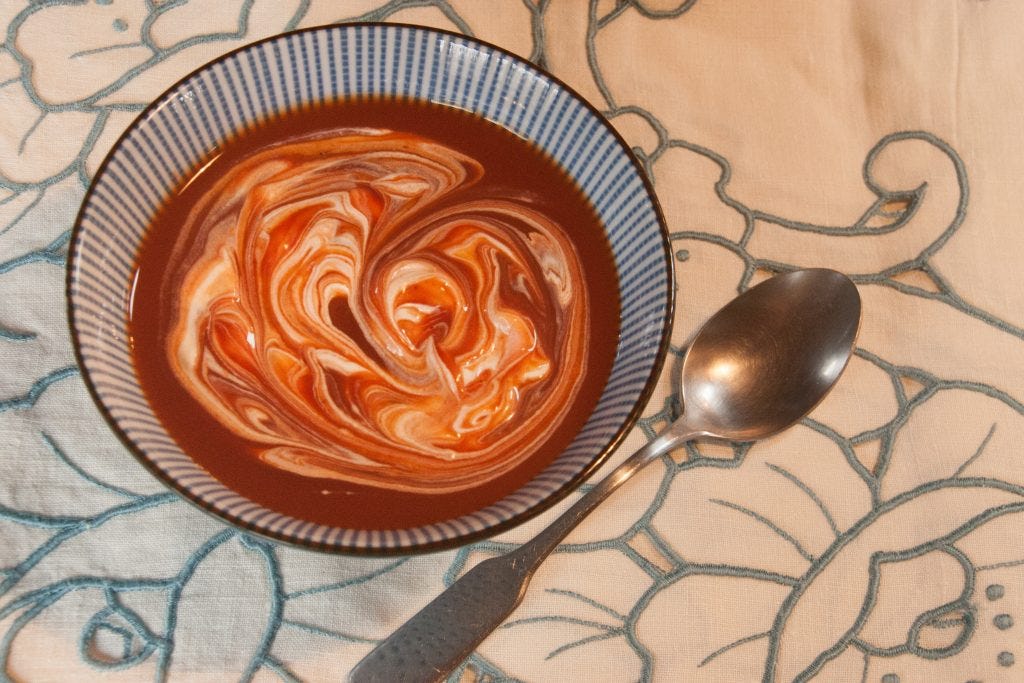
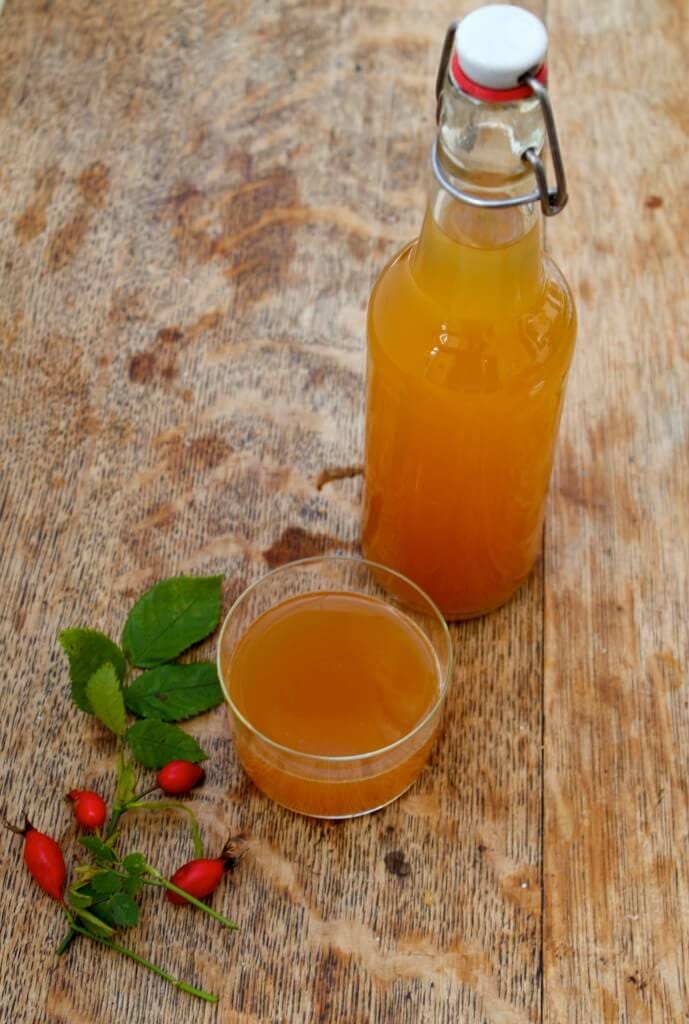



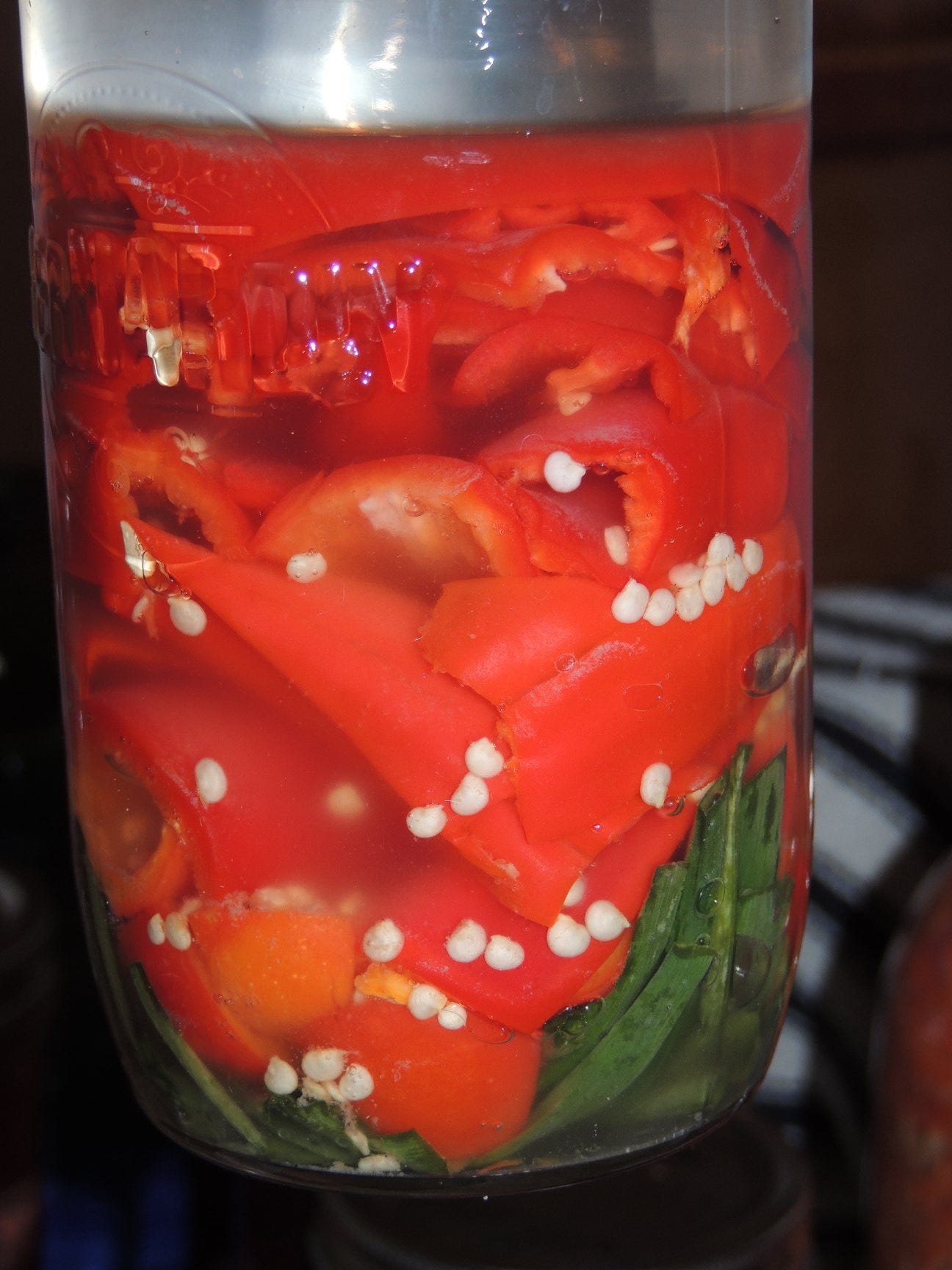
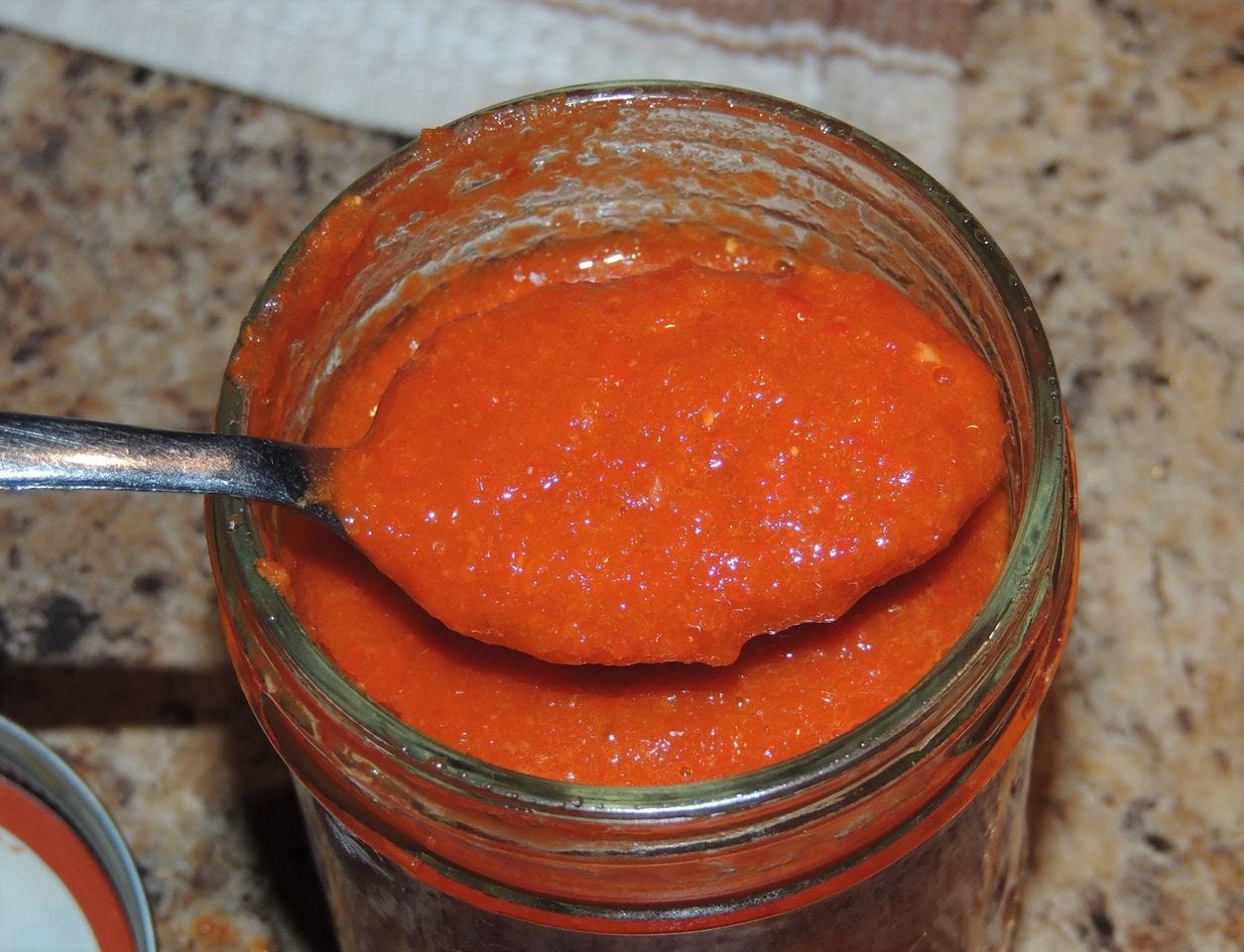
Wow! Thank you for another amazing comprehensive article, Gavin! I only have a few wild roses growing here - alongside my driveway - and the birds beat me to the rose hips. :) Your photos are beautiful and I love all the recipes. Those biscuits look yummy, too!